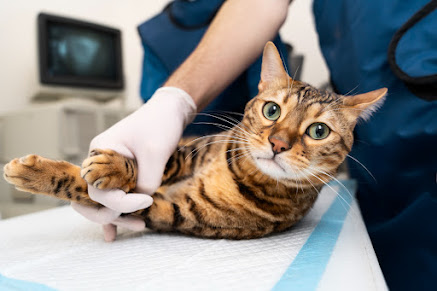Why Are Cockatoos Considered to Be So Majestic and Intelligent?
Cockatoos are undoubtedly one of the most captivating and charismatic creatures in the avian world. With their vibrant plumage, striking crests, and charming personalities, these beautiful parrots have captured the hearts of bird enthusiasts around the globe. Known for their intelligence, social nature, and vocal abilities, cockatoos have become popular pets and have also been subjects of scientific research. In this article, we will delve into the fascinating world of cockatoos, exploring their characteristics, behavior, natural habitat, and the challenges they face in the wild.
Diversity and Characteristics:
The cockatoo family, scientifically known as Cacatuidae, comprises 21 recognized species, each with its unique traits and attributes. These birds are native to Australia, Indonesia, Papua New Guinea, and the surrounding islands. Cockatoos are easily recognized by their distinct crests, which they can raise and lower depending on their mood or level of excitement. They come in a variety of sizes, ranging from the small and playful cockatiels to the larger and more majestic species like the sulphur-crested cockatoo.
Social Behavior and Intelligence:
Cockatoos are highly social creatures, often forming tight-knit bonds with their flock members. In the wild, they engage in complex social interactions, displaying a wide range of behaviors such as grooming, playing, and even sharing food. These birds are known for their intelligence and problem-solving abilities. They have been observed using tools, such as sticks, to extract food from crevices, showcasing their resourcefulness and adaptability. Cockatoos are also skilled mimics and can learn to imitate human speech and various sounds with remarkable accuracy.
Natural Habitat and Diet:
Cockatoos are primarily found in forests, woodlands, and savannahs, where they thrive in diverse environments. The different species of cockatoos have varying habitat preferences, with some favoring dense rainforests, while others inhabit more arid regions. Their diet consists mainly of seeds, nuts, fruits, berries, and vegetation, although some species also consume insects and their larvae. Cockatoos are considered essential seed dispersers, as they often consume fruits and disperse the undigested seeds throughout their range, contributing to forest regeneration.
Threats and Conservation Status:
Despite their adaptability, cockatoos face numerous threats in the wild, which have led to population declines in certain species. Deforestation, habitat fragmentation, and illegal trapping for the pet trade are among the major factors impacting their survival. Additionally, climate change and the introduction of invasive species have also affected cockatoo populations. Several species, such as the palm cockatoo and the yellow-crested cockatoo, are listed as critically endangered on the International Union for Conservation of Nature (IUCN) Red List. Conservation efforts, including habitat protection, anti-poaching measures, and captive breeding programs, are essential for their long-term survival.
Cockatoos as Pets:
Cockatoos are highly sought after as pets due to their captivating beauty, intelligence, and ability to bond with humans. However, they require dedicated care, attention, and mental stimulation. Potential cockatoo owners should be aware of their long lifespan, which can exceed 50 years, and the commitment required to meet their social and emotional needs. Cockatoos are highly social animals and thrive in environments where they can interact with their human caregivers and engage in mental and physical activities. Proper diet, regular veterinary care, and ample space for exercise and play are crucial for their well-being.
Ethical Considerations:
The popularity of cockatoos as pets has led to some ethical concerns. Due to their high intelligence and social nature, improper care or neglect can result in behavioral problems such as feather plucking, aggression, and psychological distress. It is important for potential owners to thoroughly research the species they are interested in and consider adoption from reputable avian rescue organizations. Responsible ownership entails providing a suitable environment, social interaction, and mental enrichment while respecting the natural behaviors and needs of these magnificent birds.
Conclusion:
Cockatoos, with their striking appearance and remarkable intelligence, have enchanted people for centuries. Their diverse species, social behavior, and adaptability to various environments make them truly remarkable creatures. However, their existence in the wild is threatened by habitat loss, illegal trade, and other human-induced factors. It is our responsibility to protect and conserve these majestic birds by supporting conservation efforts, promoting responsible pet ownership, and raising awareness about their ecological importance. With collective efforts, we can ensure a bright future for these captivating and intelligent creatures, allowing future generations to appreciate the beauty and wonder of cockatoos.






